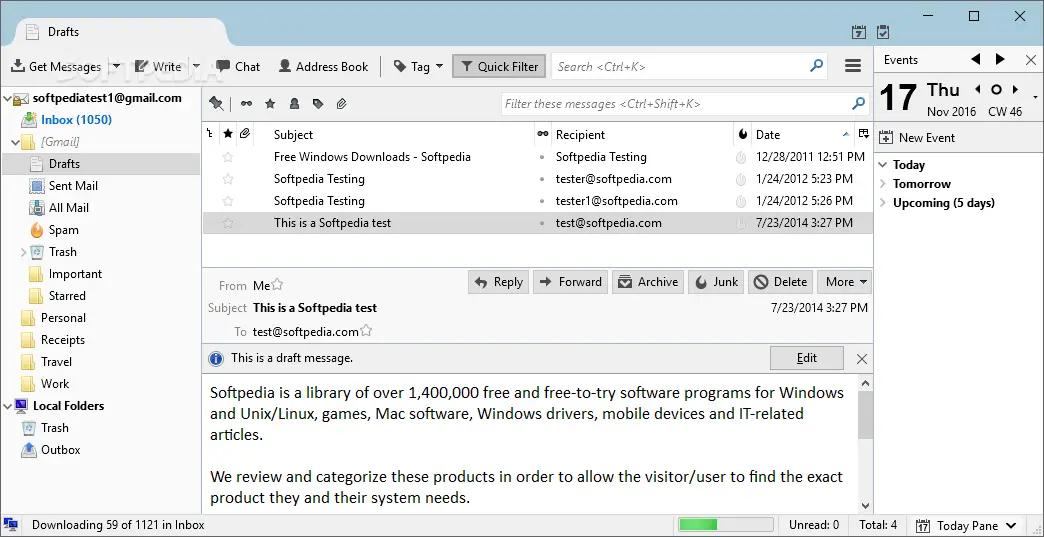
What is Sudo or Sudo commands? Now, do you know how to run commands as Root? We can run commands as Root by adding sudo before commands. Suppose you need to update Ubuntu via the command line this command does not run as a normal user. Why would you need a root user in Ubuntu? Some system-specific tasks do need privileges provided by the Root user.

So enable the Root user only if some task gets restricted it is not suggested otherwise. Normal daily tasks and applications do not require a Root user, like, downloading and uploading from the internet, creating and deleting documents, etc. It is to avoid these accidents in the first place the Root user is locked in Ubuntu. One incorrect command can destroy many files of the system. It gives you complete access over the system hence it requires utmost caution. The concept is the same as Administrator Root can make any changes to the system, accessing all files, running commands, changing security settings, etc. For a Mac that menu path starts with Thunderbird → Preferences.Just like the Administrator in Windows 10, in Linux, there is always an admin user named Root. Sometimes the Junk, Email Scams, AntiVirus and Passwords tabs underneath the Security tab may look like words and not a tab, because they're not clearly delineated. If you are using Linux that menu path starts with Edit → Preferences. You can delete the password on a Windows installation using Tools → Options → Security → Passwords → View Saved Passwords, selecting the password and then pressing the Remove button. The only way to change a password saved by the password manager is to delete it, close and restart Thunderbird (because the deleted password was still in memory), get prompted for the new password the next time it needs it, and then tell it again to save that password. You typically have to use a browser and login to webmail to change the password that the mail server expects. When you change a password using Thunderbird you're merely changing Thunderbird's copy of the password.
:max_bytes(150000):strip_icc()/003-change-email-password-thunderbird-1173080-6d1a5e04e85f48bc9fe069d82b20ccfc.jpg)
When it does that you can check the checkbox to save the password using the password manager if you want Thunderbird to remember the password. Thunderbird will prompt for a password the first time it needs one. This frequently confuses new users who expect to be able to do that because they did that with their previous email client.

Thunderbird doesn't provide a way for a user to enter the POP/IMAP/SMTP servers password when configuring a account. This article was written for Thunderbird but also applies to Mozilla Suite / SeaMonkey (though some menu sequences may differ).


 0 kommentar(er)
0 kommentar(er)
